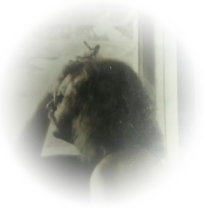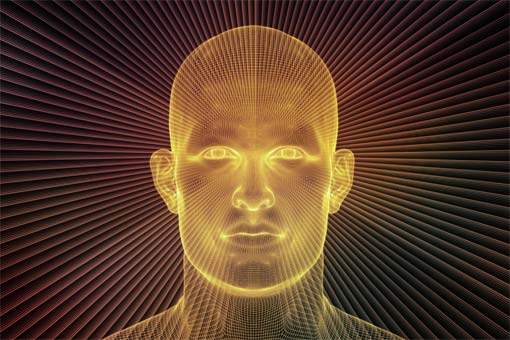Below is an article crafted from our discussion, designed to help those who’ve encountered either The Headless Way or non-duality and are curious about how they connect. It’s written in a clear, approachable style to bridge the two perspectives.
Seeing Without a Seer: Exploring The Headless Way and Non-Duality
If you’ve come across The Headless Way or explored non-duality, you may perceive a resemblance—a method of living that eliminates the conventional distinction between “me” and “everything else.” But how do they fit together? Are they the same thing dressed up differently, or do they offer distinct paths to the same truth? Let’s unpack their common ground, their differences, and what they reveal about who—or what—you really are.
The Shared Heart: No Separate Self
At their core, both The Headless Way and non-duality invite you to see through the illusion of separation. The Headless Way, pioneered by Douglas Harding and carried forward by Richard Lang, uses a simple trick: point at your own face. What do you see? Not a head, but the world—trees, walls, sky—filling an open space where “you” were supposed to be. Non-duality, found in traditions like Advaita Vedanta or Zen Buddhism, says something strikingly similar: there’s no real boundary between you and reality. The “self” you take yourself to be is a mental mirage, and what’s left is just one seamless happening.
Both approaches agree that this isn’t a theory to believe—it’s something to experience. The Headless Way hands you quick, playful experiments to notice your “headlessness” right now. Non-duality may guide you through meditation or questions such as “Who am I?” to unravel the layers of identity. Either way, the punchline is the same: you’re not a little person peering out at the world; you’re the space where the world shows up.
The Headless Way: A Simple Shortcut
Imagine you’re a baby again, before you learned to see yourself as a face in the mirror. That’s where The Headless Way starts. It describes four stages of life: the baby (naturally headless, just pure seeing), the child (starting to adopt a self-image), the adult (fully buying into being a separate “me”), and the seer (returning to headlessness with adult clarity). The method is straightforward—look for yourself and see what’s really there. No head, no center, just everything.
This approach is laser-focused and down-to-earth. It doesn’t lean on big spiritual ideas or years of practice. You can try it now: hold up a finger, point it back at where your face should be, and notice what you actually see. It’s immediate, almost childlike in its simplicity, and that’s its strength. It’s like a snapshot of non-duality you can carry in your pocket.
Non-Duality: The Bigger Picture
Non-duality often comes wrapped in a richer tapestry. Whether it’s the Advaita teaching that all is Brahman (infinite consciousness) or Zen’s insistence on “just this,” it’s less about one technique and more about a total shift in understanding. It might involve sitting in silence, wrestling with koans, or surrendering to the mystery of being. The language can feel loftier—words like “awareness,” “emptiness,” or “oneness”—and it’s often tied to ancient traditions with deep roots.
Unlike The Headless Way’s developmental stages, non-duality tends to frame this realization as timeless. There’s no journey from separation to unity because separation was never real to begin with. It’s a paradox: you’re already what you’re seeking, but the mind needs to see through its own game. This can make it broader and more philosophical, but also trickier to grasp without some groundwork.
Where They Meet—and Diverge
So, what ties them together? Both reveal that “everything else”—the world of sights, sounds, and sensations—isn’t separate from you. In The Headless Way, it’s the vivid scene that fills your headless space. In non-duality, it’s the dance of reality with no dancer standing apart. Either way, “everything else” isn’t a collection of objects out there—it’s the living, breathing whole of existence, unframed by a little “me.”
The differences lie in how you get there. The Headless Way is a fast, visual key to unlock the door; non-duality might hand you a map with many paths—meditation, inquiry, devotion—and a bit more scenery along the way. The Headless Way keeps it practical and present-focused, while non-duality often weaves in a wider context about life, suffering, or liberation.
What’s It All Mean?
If you’ve found The Headless Way first, it’s a brilliant starting point. It shows you, in a flash, that you’re not what you thought. You might then explore non-duality to flesh out the bigger picture—why this matters, how it shifts everything. If you came to non-duality first, The Headless Way can ground those lofty insights in something you can see and feel right now. They’re like two friends pointing at the same moon—one with a quick gesture, the other with a poetic story.
Ultimately, they both ask, What’s left when the ‘you’ drops away? The answer isn’t a thing—it’s this moment, alive and undivided. The trees swaying, the hum of your breath, the thoughts drifting by—it’s all just happening, with no one at the controls. Try it. Point at yourself. Look. What do you find?

